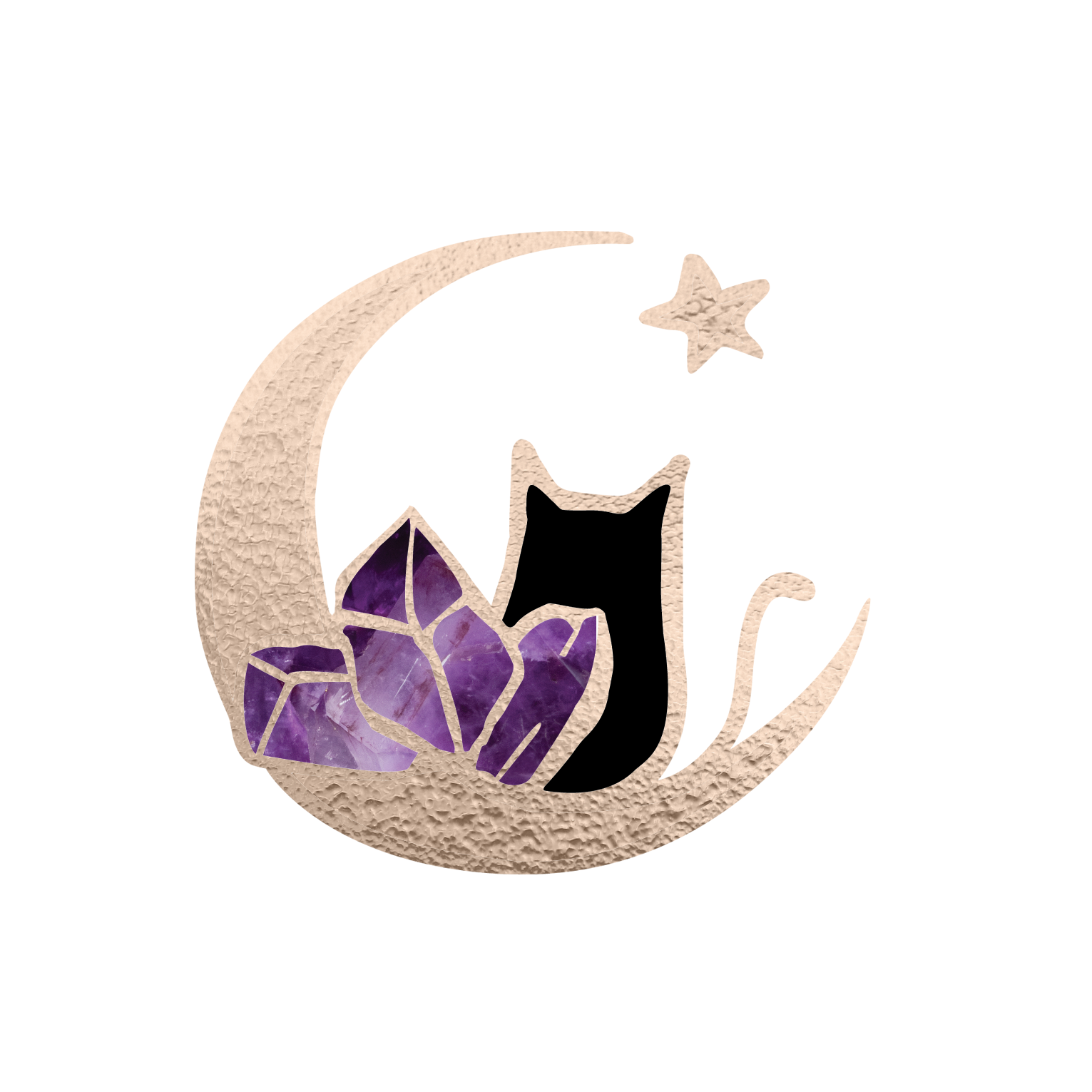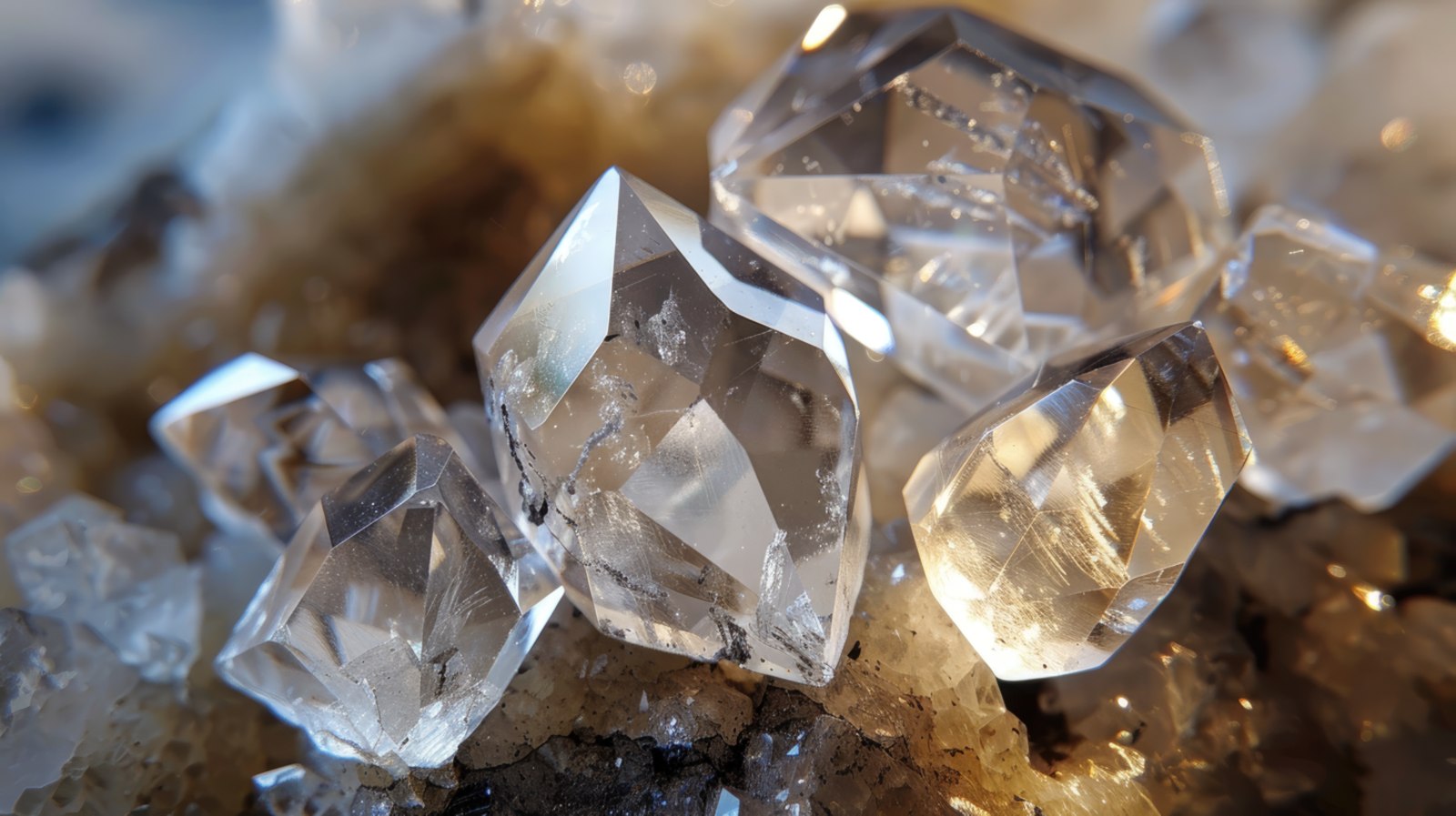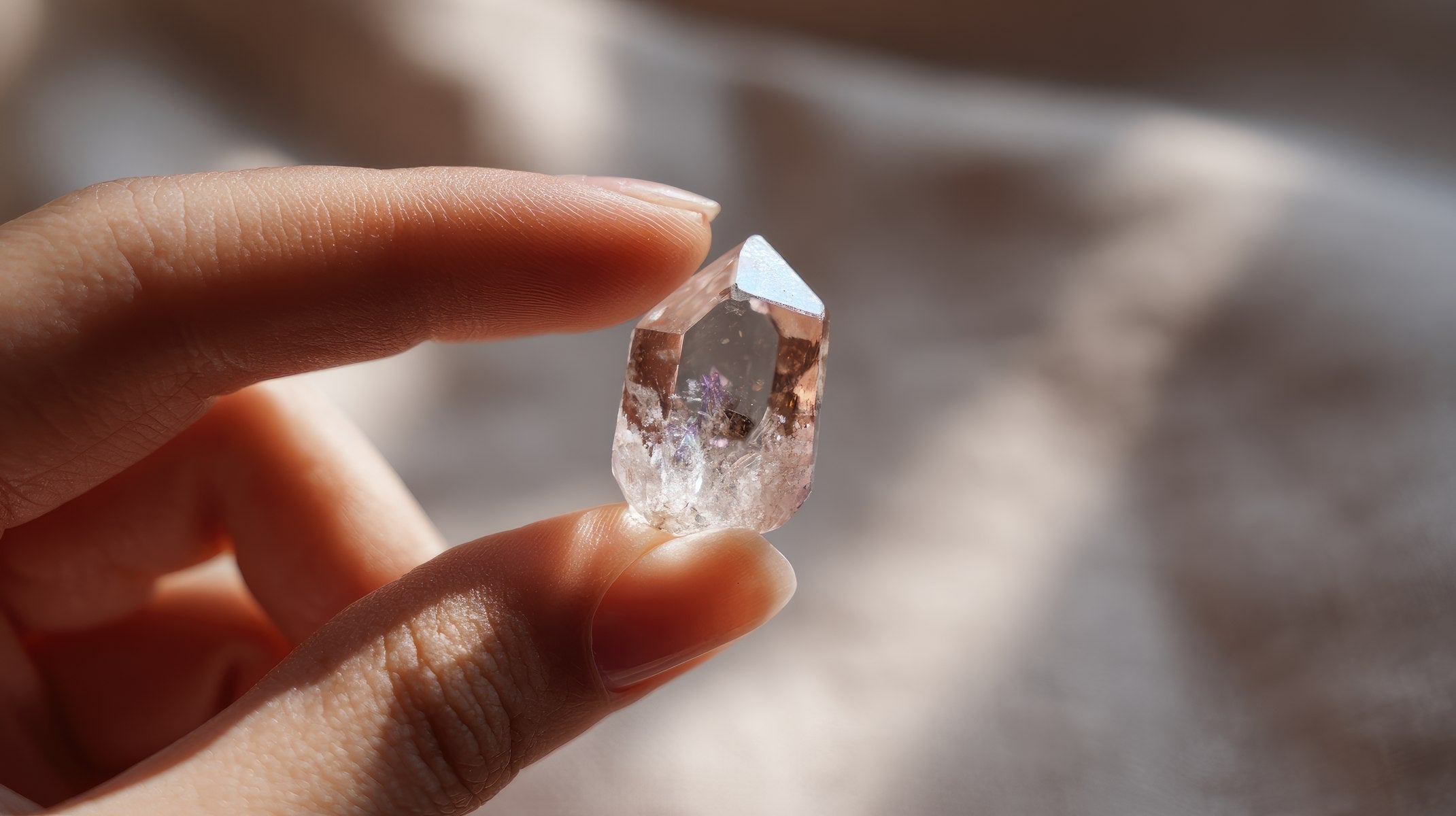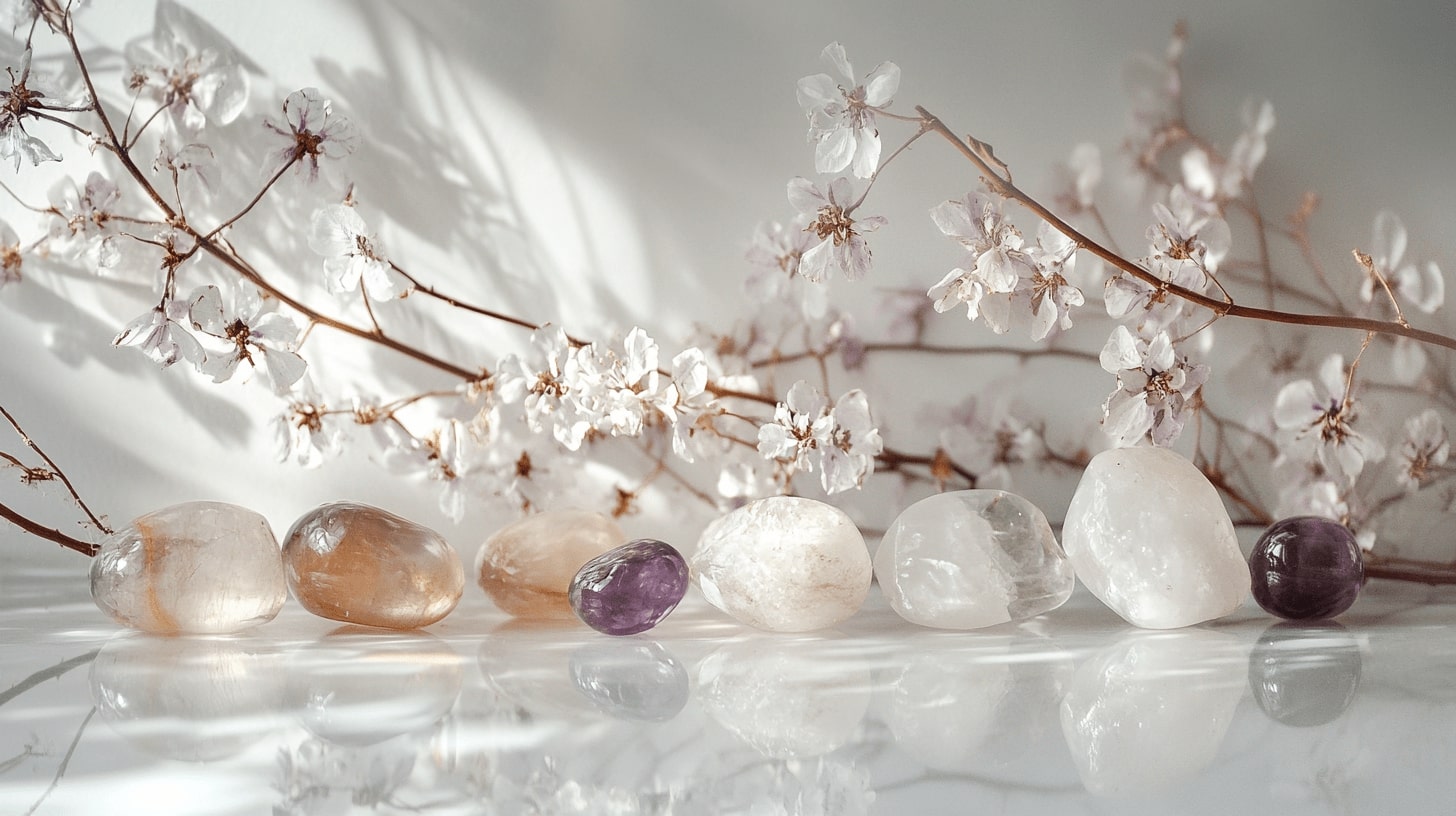
Citrine Properties

About Citrine
Citrine, renowned for its stunning yellow hues ranging from pale to dark and smoky, holds a special place in the hearts of many. In this exploration of citrine, we will delve into its physical properties, delve into its metaphysical and energetic properties, and gain insight into how to distinguish genuine citrine from treated variations.
Physical Properties of Citrine
As a variety of quartz, citrine exhibits a captivating array of colors, ranging from warm amber yellow to delicate lemon yellow. The presence of finely dispersed iron or aluminum within the crystal gives rise to its distinctive coloring during formation.
While natural citrine is relatively rare and can be more challenging to find, much of the citrine available in the market is amethyst that has undergone heat treatment to transform its purple hue into shades of yellow or yellow-orange. Referred to as golden amethyst or heated citrine, this treated variation can be identified by its druzy geode form, unlike natural citrine that typically occurs in masses or points. Brazil stands as the leading producer of citrine, with notable deposits also found in Africa, Madagascar, Europe, the United States, Burma, and Russia.
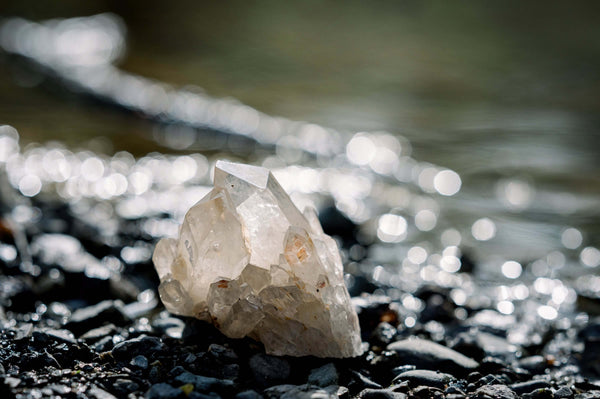
History and Uses of Citrine
Citrine found its appreciation and use in ancient Greece during the Hellenistic Age, adorning jewelry and embellishing tools. Derived from the Latin word citrina, meaning yellow, citrine played a significant role in Roman bijouterie and intaglio printing. However, its true popularity emerged in the 19th century and the interwar period, coinciding with the rise of the art deco style. Renowned Hollywood stars such as Greta Garbo and Joan Crawford adorned themselves with citrine, making it a beloved choice for women seeking beautiful and affordable jewelry. Referred to as "the merchant's stone," citrine has long been associated with bringing prosperity, prompting business owners to keep a piece in their cash drawer or register to attract abundant money energy.
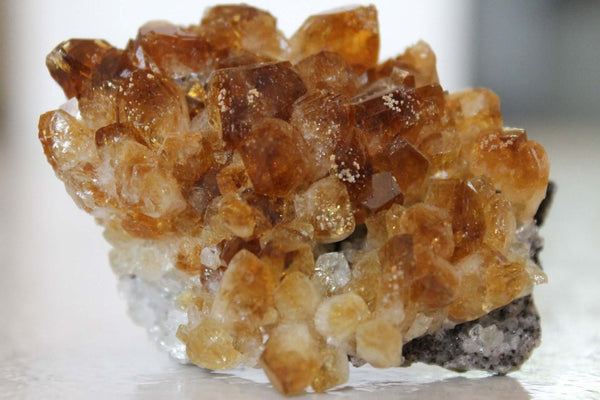
Energetic and Metaphysical Properties of Citrine
Citrine embodies the energy of abundance, manifestation, creativity, and the powerful influence of the solar plexus chakra. With its warm, uplifting, and sunny nature, citrine reflects the yellow to yellow-orange light spectrum, earning it the title of the stone of abundance. Aligned with the sign of Cancer, citrine is believed to possess the healing properties of the Sun, radiating warmth and light.
Additionally, citrine serves as a balancing gem for the solar plexus chakra, manipura, which governs our interpersonal relationships and societal self-identity. When this chakra becomes overactive, feelings of anger and control may arise, while an underactive state may manifest as shyness and diminished self-worth. Citrine aids in finding the equilibrium between introspection and social engagement, fostering inner harmony, gratitude, positive emotions, and optimism. It also supports confidence, self-esteem, and resilience in the face of criticism. Known for its ability to attract positive outcomes, citrine is regarded as one of the premier stones for inviting good health, friendships, and financial abundance.
Citrine offers a unique combination of healing and empowering energies that resonate with individuals seeking balance, confidence, and prosperity in various aspects of their lives. Whether adorning oneself with citrine jewelry or incorporating the stone into daily rituals, its radiant presence serves as a reminder of the abundant potential and positive energy that surrounds us.
Citrine Associations
Astrological: Cancer, Leo
Chakra: Solar Plexus
Elemental: Fire Keywords: Creativity, Self-Esteem, Money Luck
